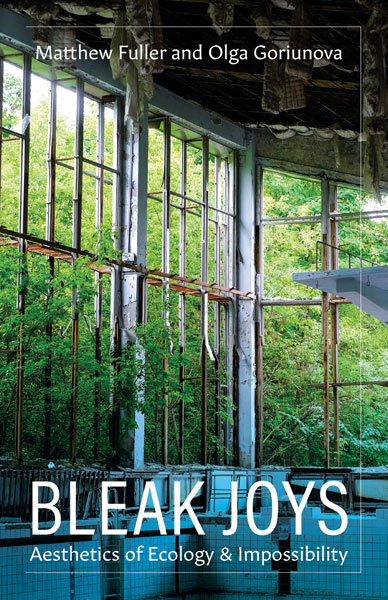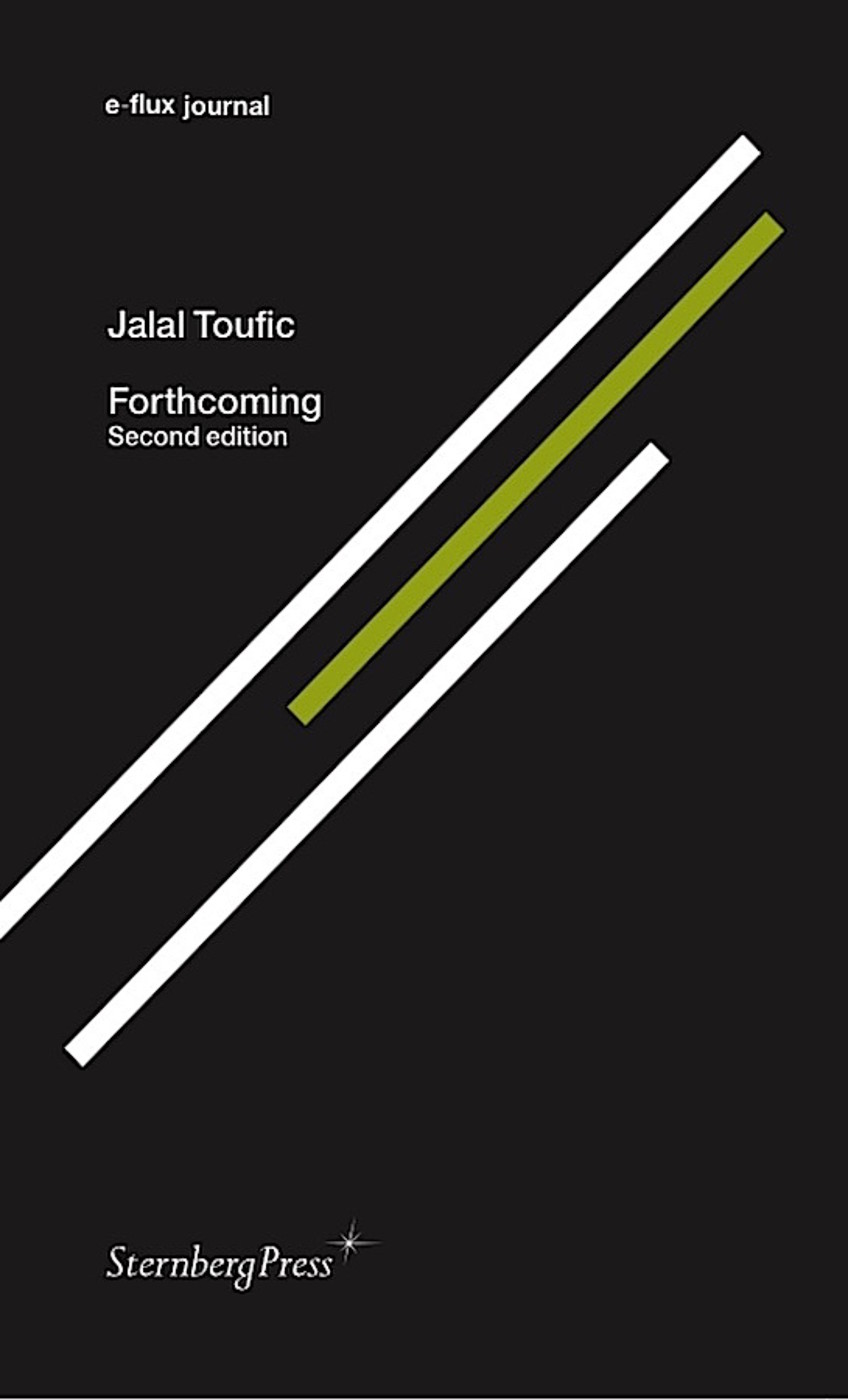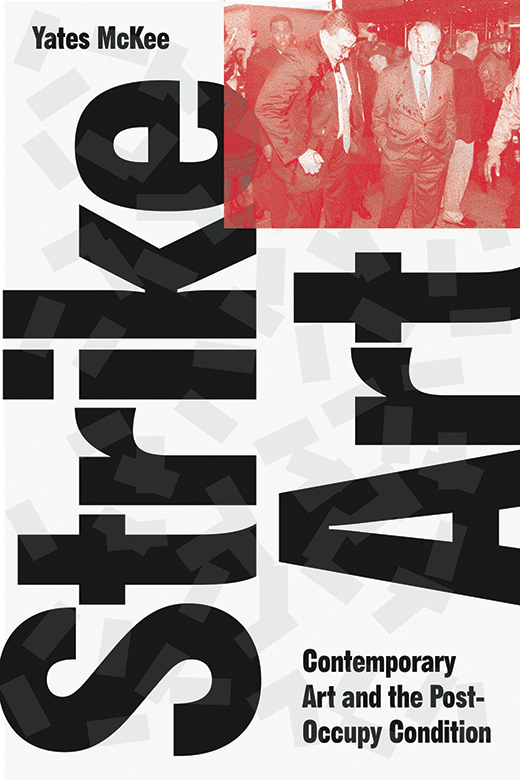Matthew Fuller, Olga Goriunova: Bleak Joys: Aesthetics of Ecology and Impossibility (2019)
Filed under book | Tags: · aesthetics, animal, chance, ecology, environment, ethics, forest, individuation, nature, philosophy, plants, subject, territory, theory, virtuality

“Bleak Joys develops an understanding of complex entities and processes—from plant roots to forests to ecological damage and its calculation—as aesthetic. It is also a book about “bad” things, such as anguish and devastation, which relate to the ecological and technical but are also constitutive of politics, the ethical, and the formation of subjects.
Avidly interdisciplinary, Bleak Joys draws on scientific work in plant sciences, computing, and cybernetics, as well as mathematics, literature, and art in ways that are not merely illustrative of but foundational to our understanding of ecological aesthetics and the condition in which the posthumanities are being forged. It places the sensory world of plants next to the generalized and nonlinear infrastructure of irresolvability—the economics of indifference up against the question of how to make a home on Planet Earth in a condition of damaged ecologies. Crosscutting chapters on devastation, anguish, irresolvability, luck, plant, and home create a vivid and multifaceted approach that is as remarkable for its humor as for its scholarly complexity.
Engaging with Deleuze, Guattari, and Bakhtin, among others, Bleak Joys captures the modes of crises that constitute our present ecological and political condition, and reckons with the means by which they are not simply aesthetically known but aesthetically manifest.”
Publisher University of Minnesota Press, Minneapolis, 2019
Posthumanities series, 53
ISBN 9781517905521, 1517905524
xxviii+192 pages
PDF (6 MB)
Comment (0)Jalal Toufic: Forthcoming (2000/2014)
Filed under book | Tags: · aesthetics, art, artists writing, film

“Jalal Toufic is a thinker whose influence in the Beirut artistic community over the past two decades has been immense—notwithstanding that, as he put it, many, if not all of his books, most of which were published by Forthcoming Books, ‘continue to be forthcoming even after their publication.’ In relation to one of these books, he wondered: ‘Does not a book titled Forthcoming suggest, ostensibly paradoxically, a second edition?’ Here’s the revised edition of Forthcoming, a book first published nearly a decade and a half ago by Atelos press.” (Series editors Julieta Aranda, Brian Kuan Wood, Anton Vidokle)
“I once wrote, ‘I am not able to find my thoughts without passing through his [Jalal Toufic’s] words, books, and concepts.’ Now, eight years later, things seem to have gotten worse (or better). Jalal wrote in Distracted: ‘— Are you saying this to me? — Also to myself. One should speak solely when also speaking to oneself. Only then is there a dialogue.’ I can also think of the following situation: ‘— Are you saying this to me? — Yes. And not to myself. And only to you.’ Or an instance in which the following is heard: ‘— Are you saying this to me? — Also to myself. One should speak solely when also speaking to oneself. Only then is there a duologue.’” (Walid Raad)
First published by Atelos, Berkeley, CA, 2000.
Second edition
Publisher Sternberg, Berlin, 2014
e-flux journal series
ISBN 9783956790553, 3956790553
296 pages
Interview with author (Aaron Kunin, Rain Taxi, 2001).
Review: Publishers Weekly (2001).
Author
Editors
Publisher
WorldCat
Yates McKee: Strike Art: Contemporary Art and the Post-Occupy Condition (2016)
Filed under book | Tags: · aesthetics, anarchism, art, art system, black lives matter, commons, contemporary art, debt, direct action, gentrification, housing, new york, occupy movement, precarity, protest, situationists, social movements, spectacle

“The collision of activism and contemporary art, from the Seattle protests to Occupy and beyond
What is the relation of art to the practice of radical politics today? Strike Art explores this question through the historical lens of Occupy, an event that had artists at its core. Precarious, indebted, and radicalized, artists redirected their creativity from servicing the artworld into an expanded field of organizing in order to construct of a new—if internally fraught—political imaginary set off against the common enemy of the 1%. In the process, they called the bluff of a contemporary art system torn between ideals of radical critique, on the one hand, and an increasing proximity to Wall Street on the other—oftentimes directly targeting major art institutions themselves as sites of action.
Tracking the work of groups including MTL, Not an Alternative, the Illuminator, the Rolling Jubilee, and G.U.L.F, Strike Art shows how Occupy ushered in a new era of artistically-oriented direct action that continues to ramify far beyond the initial act of occupation itself into ongoing struggles surrounding labor, debt, and climate justice, concluding with a consideration of the overlaps between such work and the aesthetic practices of the Black Lives Matter movement.
Art after Occupy, McKee suggests, contains great potentials of imagination and action for a renewed left project that are still only beginning to ripen, at once shaking up and taking flight from the art system as we know it.”
Publisher Verso Books, London and New York, Feb 2016
ISBN 9781784781880, 1784781886
296 pages
Reviews: Marc James Léger (Marx & Philosophy, 2016), Philipp Kleinmichel (Radical Philosophy, 2018), Paloma Checa-Gismero (Field, 2016), John Ayscough (Visual Culture in Britain, 2017), Kristin Gecan (Chicago Review, 2016).
Discussion: Gregory Sholette, a.o. (e-flux supercommunity, 2016).
Book launch
EPUB (6 MB)
Comment (0)
